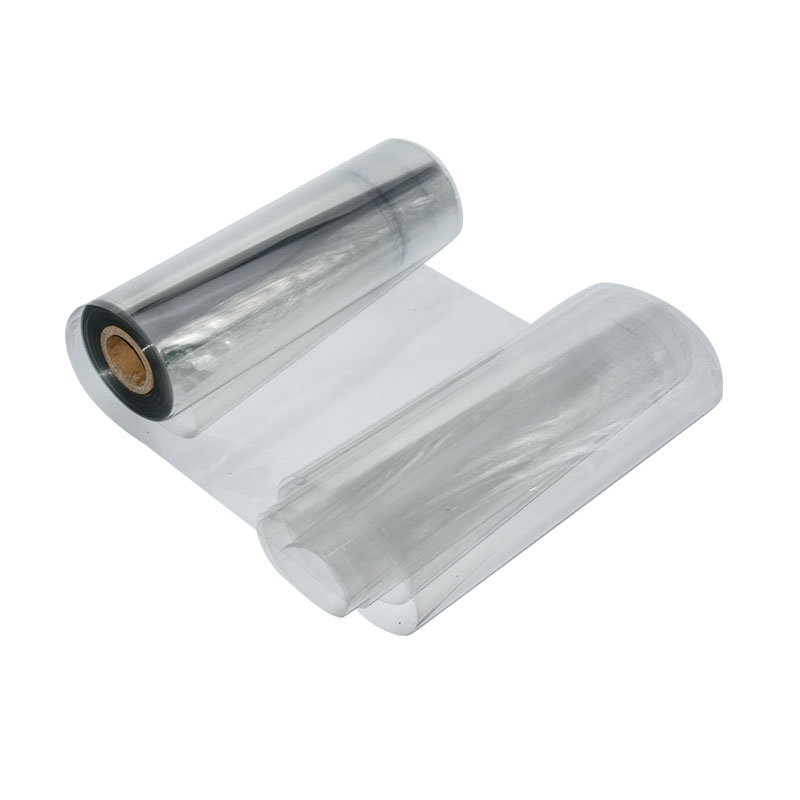Functional Film Knowledge
1. Water treatment membrane, benefiting from energy saving and environmental protection
Under the relevant policies of total water resources control and water rights transfer, the sewage treatment industry will become the “creator” of water use indicators, which will greatly expand the market space of sewage treatment companies, and thus bring growth momentum to water treatment membrane enterprises. .
2. Solar cell film, leading the photovoltaic trend
The film thickness of the thin film solar cell can be only a few μm, and the current conversion efficiency is up to 13%. Different materials such as glass, plastic, ceramic, graphite, and metal sheet can be used as the substrate. Since the photovoltaic cell film has good flexibility, it can be fabricated into a non-planar structure to expand the light-receiving area. At that time, the thin-film solar cell will be widely used in watches, calculators, curtains and even clothing.
Solar cell films are showing great vitality. At present, the production of thin film solar cells accounts for about 18% of the total global solar cells, and it is expected to account for 30% in 2030. According to industry authorities, in the next decade, photovoltaic buildings will become the largest market for amorphous silicon solar cells, and the prospects are very attractive.
3. Flat panel display film, driving consumption upgrade
Many of the upstream critical base materials in the flat panel display industry are closely related to vacuum film materials and thin film technologies, such as ITO conductive glass, color filters, backlight module materials, brightness enhancement films, mobile phone panel materials, and PDP screen surface protection. For radiation films, etc., film materials are used.
